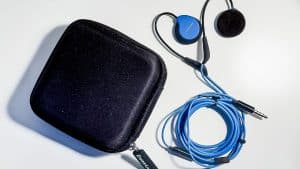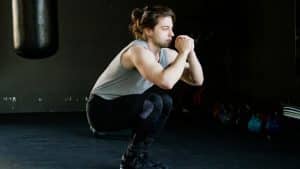If stem cells are all about growth, healing and regeneration, surely the best way to encourage their presence in your body is to practice a more regenerative lifestyle, right? Things like what you eat and how you exercise change your body, removing the bad stuff and increasing the good. Few things serve a more regenerative role in daily life than sleep.
The best time of our lives for stem cells is when we’re born. At that point, everything is full of potential. As we age, it appears that our bodies become more fixed before eventually starting to degenerate. This goes for stem cells as much as anything. They become damaged, they reduce in number, and their regenerative capabilities may be lost. If you take care of yourself, you may be able to slow the rate of degeneration to try to ensure your stem cells perform at their best for longer.
Regeneration is one of the primary purposes of sleep. It’s when our wounds heal, when we replenish our energy and when our brain slows down to process the events of the day. We wake up in the morning refreshed and ready to go, with the tiredness and discomfort behind us – at least in theory. It doesn’t always work like that, of course.
Research suggests that there’s a direct correlation between the amount of sleep we achieve and how well our stem cells work. The normal recommendation for a good night’s sleep is eight hours, which is associated with the renewal of circulating stem cells, allowing them to migrate around the body more effectively.
Not getting enough sleep, whether you’re too busy working or lying in bed with a nasty dose of insomnia, means this will reverse. Instead of lots of healthy stem cells flowing properly around the body and doing their regenerative best, they lose their ability to migrate. Estimates suggest that halving your amount of sleep to just four hours means halving how effectively your stem cells can travel.
It is possible to transplant stem cells to top up the number inside you if you’ve lost too many or you need a healing boost, but it’s not the easiest way to do things. The best approach is to try to maximize the effectiveness of the stem cells you already possess, which means ensuring you sleep enough to keep them working properly.




